License and vaccination card, please
I was in the middle of a Youtube video called, “Don’t talk to the police”
when I remembered that I had to write this article. As a dutiful citizen who likes most cops, I can’t understand the premise. Just yesterday I was in the park letting my pet rabbit graze when the cops pulled up. The lady cop in the passenger seat took out her cell phone to get a picture of me with the rabbit. Either I’m about to get a summons in the mail, or maybe this was a fellow human being who thought my rabbit was cute.

This anti-authority paranoia reminds me of the general phobia that most gym members have of floor trainers. People will forsake their own potential in the gym and hide out in the cardio theater just to avoid making eye contact with a trainer. In the same way that you can talk to a cop without fear of prosecution, you can also talk to a trainer without worrying about the hard sell for an upgrade to personal training.
If you attend the gym on a regular basis and are tired of the awkward silence between casual member and personal trainer, this article is here to guide you on how to build rapport on the gym floor.
To make sure you don’t engage the wrong people, let’s take a look at the usual suspects of trainers you want to avoid.
The tuck – If your biceps are massive enough, you might need to open the seam on your shirt sleeve for it to fit comfortably. If you don’t have the guns but you like the look, you can always do the tuck. Turn the ¼” ribbing underneath the sleeve and roll it over the top of your bicep. It looks cool in front of the mirror for a few seconds. On the floor, it means you’re a tool. Stay away from trainers who do that.
The tie – The female version of the tuck shows off her ripped abs by tying the front of her shirt into a knot, just above the belly button ring and the angel wing tattoo on her lower back. Meh. She will likely watch herself in the mirror while you need her the most.
Chewing gum – If a trainer is chewing gum on the floor, they shouldn’t be working at all. Just say no.
The cell phone – I don’t have a smartphone, nor will I ever own one. Your cell phone is your middle finger. A trainer might use the camera phone to take pictures or video of a client in action, but anyone using it casually on the floor has no interest in helping you.
The loverboy – It’s a nice perk to stare at fit bodies all day when you’re a trainer, but there’s a line in the sand between enjoying your work and seeking out a cheap thrill. If you see a floor trainer brushing up against a client and whispering in her ear during a set of tricep extensions, it’s not worth the headache. I once quit a job after a trainer groped my client and the manager admonished me when I reported it. No amount of knowledge or ability can justify misconduct.

You've heard of the Situation, now say hello to the Predicament.
The test
Now that you have weeded out the space cadets and are looking to engage with a true fitness professional, it’s time to test their knowledge. Pick a piece of equipment on the gym floor that requires compound movement. I recommend kettlebells, the landmine, or the cable machine. Ask for a suggestion for one or two exercises. Tell the trainer you want to work as many body parts as possible in one routine.
*** Disclaimer! Yes, I train for function more than muscle growth. Bodybuilding is not evil, just not my personal preference. That being said, everybody knows a bicep curl. A trainer that defaults to single-joint power moves doesn’t know anything else. If you want to work bis and tris with me, earn it with total body movements first. Okay, back to the virtues of compound exercises. ***
A good trainer will light up at the opportunity to show complex movements and explain their purpose. If they have you doing bicep curls with kettlebells or standing rows with the landmine, thank them and move on. Those people are exercise spokesmodels, not personal trainers. If the trainer shows you something new and watches you do a set or two, remember that trainer's name. Now you know you have a reliable source you can ask for instruction from time to time.

Seven foot barbell curl? Seated on the bench? Oh Sweet Georgia Brown, please make it stop!

Now that's more like it! Studio lights are a bit much, but that's a nice kettle bell move!
The front desk
As a trainer, I would love to tell you to choose your gym based on the equipment, the classes, the space, and the rules of the gym. As a mere mortal who pays a monthly fee these days, I can tell you that the front desk reception is the reason I stay with the gym where I train now.
The people at the front desk have their finger on the pulse of the entire operation, with no motives other than to tell you the truth. Build a rapport with them immediately. Nobody ever asks for their opinions, so when you do, they will jump at the chance to talk. They know which trainers are prima donnas and which ones treat people with respect. They know which trainers are in the business to help, and which ones are there for a money grab. Try a question like, “Don’t tell anyone I asked, but if you had to pick one trainer to work with, who would it be?”

Trust the trainer
Once you have established that the trainer knows the craft, let the trainer help you! They don’t tuck, tie, chew gum, text, grope, or sleep on the job (another true story), so listen to what they tell you. If you don’t understand or agree with what they’re saying, ask questions. We like questions.

I remember working on the floor and spotting a client on the bench press. He bent one elbow to test the weight, like most people do, and let the weight down and pressed it unevenly. I advised him to eliminate the negative part of the rep and let me carry the weight down. His reply: “I don’t do negatives.”
*** Time for another interjection. Every movement has a positive phase, when the muscle contracts, and a negative phase, when the muscle loads and lengthens under resistance. On a bench press, the negative is simply when you bring the weight down to your chest before pressing it. In tough-guy circles that I have occasionally infiltrated, “Doing a negative” means to lower the weight slowly, tear the muscle off the bone, and then have your workout partner lift the weight with no resistance, which nullifies the whole point of loading the weight to begin with. ***
Instead of asking me what I meant by eliminating the negative, he just went on doing the same old thing. Sadly, I never saw him again. That gym hired me to work for three hours of floor time before firing me. Apparently some Large Marge trainer on the same shift lost all of her clients by watching TV while they exercised and the gym didn’t want me there to siphon off the people when she had first dibs. On another note, every male trainer in the place did the tuck. TV lady thankfully didn’t tie.
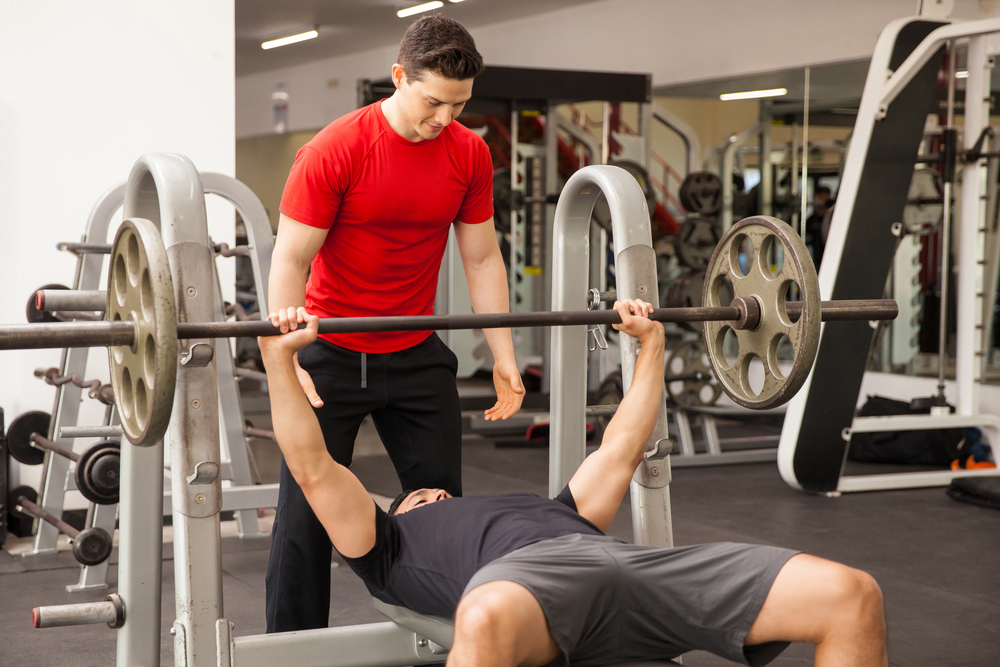
You should feel free to ask trainers questions without worrying about the hard sell to buy an expensive training package. Confident trainers know that the client will seek them out and ask them to make room in the schedule.
Why this is so important
I created FIT Presenter in order to open the channels of communication between fitness professionals and the people they serve. When trainers and gym members speak freely, people feel a sense of community and belonging that builds incentive to exercise.
The number one excuse for not exercising is usually time. The real reason people don’t go to the gym is that they don’t like the atmosphere. They feel like they don’t belong. They feel like the trainers are on foot patrol, looking to judge or punish when trainers are really there to serve the fitness community.
Somewhere on the training floor among the sleeve tuckers, clock watchers, audience-of-one fashion models, and in-laws of gym owners is a trainer that is quietly begging you to ask for some direction.
When we step up the contact between trainers and gym members, we not only provide a better experience at the gym, we also make life more rewarding for the trainers, make the fitness industry as productive as it is profitable, and build a population that is eager to build fitness in gyms around the world.
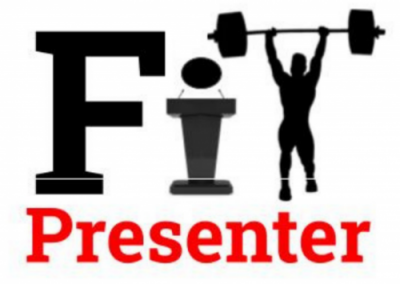

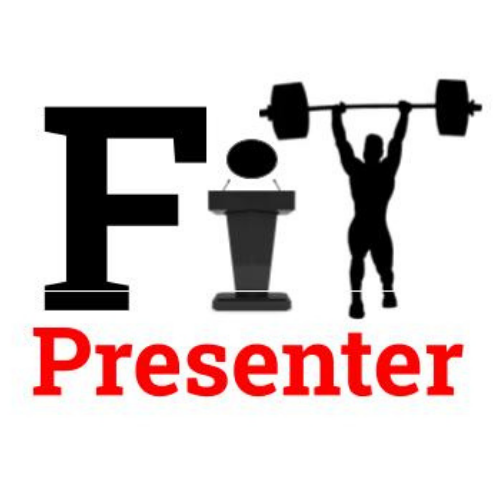







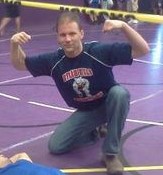
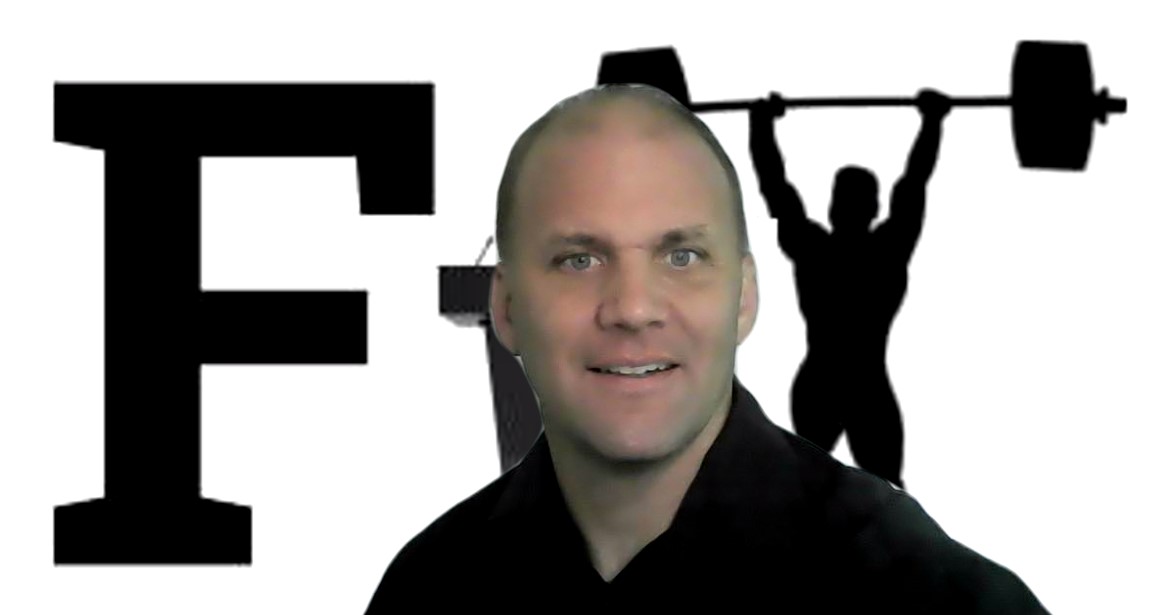




Excellent blog expanded my culture i believe that anything is possible thank you for your help.
Your website is amazing congratulations, visit mine too:
https://b9g.net
.